Road to Jirisan (지리산 가는길)
7.0 Km 0 2024-02-08
Jirisanganeun-gil, Hyucheon-myeon, Hamyang-gun, Gyeongsangnam-do
Road to Jirisan is a 12 km road from Hamyang-eup to the vicinity of Jirisanjeilmun Gate. You go through Jianjae Pass and Odojae Pass to Macheon, where you will find Jirisanjeilmun Gate and Jirisan View Park. From here, you can see the entire ridge of Jirisan Mountain, and there are also hiking trails to Beophwasan Mountain and Sambongsan Mountain. The road is also renowned for its biking trails and attracts many motorcycle enthusiasts.
Umyeongri [Korea Quality] / 우명리 정씨고가(효리댁) [한국관광 품질인증]
7.1 Km 5569 2020-09-03
6, Hyori-gil, Sudong-myeon, Hamyang-gun, Gyeongsangnam-do
+82-70-4257-4110, +82-10-5356-4116
The village name “Woomyeong" means "The village where the oxen moo" in Korean. According to Korean feng shui, the village looks like an ox regurgitating in a comfortable crouching position. For farmers in the olden days, an ox was the symbol of prosperity and peace. This village has been regarded as one of the most fertile and prosperous areas in Korea. It was also the hometown of a famous scholar named Jeong, whose house now serves as a pension. The village has another name, “Hyo-ri,” which means "a village of devoted sons" in Korean, because the village was famous for having many devoted sons throughout generations. The pension is commonly called "Hyo-ri House" among the locals because the big house with a large field is regarded as the center of the village. The owner of the house transformed it into a pension in 2013, because he thought it would be nice to provide a comfortable place for visitors where they can just lie down on the wooden floor and look up the sky. There haven’t been many guests so far, but the owner says that his house can serve as a place where the guests can benefit from the good energy surrounding the village and learn history and culture during their stay. Guests are also welcome to pick vegetables from the field during their stay in the traditional Korean house and learn how the Korean scholars lived and studied in a farming family in the past.
Odojae Pass & Jirisan View Park (오도재와 지리산조망공원)
10.6 Km 43126 2024-02-08
534 Jirisanganeun-gil, Macheon-myeon, Hamyang-gun, Gyeongsangnam-do
Established as the most direct route from Hamyang to Jirisan in 2004, Odojae Pass has gained recognition not only as a thoroughfare but also for its serpentine path winding through the pass. Positioned just below the summit of Odojae Pass, the expansive Jirisan View Park offers a panoramic view of Jirisan Mountain's main ridge (Nogodan Peak to Cheonwangbong Peak). This park provides a spectacular vista of Jirisan Mountain and a peaceful rest area for travelers navigating Odojae Pass.
Tomb of King Guhyeong, Sancheong (산청 전 구형왕릉)
12.4 Km 18145 2020-06-30
Guhyeongwangneung-ro, Sancheong-gun, Gyeongsangnam-do
+82-55-970-6411
This stone grave is known to be the tomb of King Guhyeong, the 10th King of the Gaya Kingdom. He is also known as King
Guhae or King Yang, and is the grandfather of Kim Yoo Shin. Since becoming
the King of Gaya in 521 AD, he reigned for 11 years until he handed over his
country to King Beopheung of the Silla Kingdom in 532 AD.
There are two
different scholarly opinions about this tomb. One is that it should be classified as a stone pagoda and the
other, a royal tomb. The reason why this was regarded as a pagoda is
that there are similarly shaped stone pagodas in the Andong and Uiseong regions.
The basis for it being called Wangreung, or royal tomb, is that there is a record in Dongguk Yeoji Seongram (an
ancient history book published during the rule of King Seongjong in the Joseon dynasty) and
in Saneum-hyeon Sancheonjo (a record of events in the region) of it being a
tomb. The
notes state that "there is a structure with steps on
the four faces, in the form of nine dragons piled up of stones at a distance
of about 16 km (40 ri in traditional Korean scale) from the village, so
people believe it must be a royal tomb".
The record describing the name of the king buried
in this tomb can be extracted from a record of travels called Wangsan Shimreunggi
written by Hong Ui Young, a Joseon dynasty scholar. In addition, there’s also
an entry in Wangsansagi, a book on the history of Wangsansa Temple (a
temple located west of the tomb) that the person buried in the tomb is King Guhyeong.
Unlike ordinary
graves, the tomb is built at the middle part of the hill's slope. The tomb
has a unique appearance made up of steps and layers, with the highest point
being 7.15 meters high. There are seven layers at the front and no steps at
the back due to it being built on an inclined surface. The overall shape of
this tomb is different from the pyramids built on level ground. The top of the tomb is oval in
shape. At the center, there is a stone tablet with the words "Royal Tomb of King Yang of the
Garak Nation". In front of the tomb, there are several stone pieces that
have been added to the original tomb.
During the 17th Year of King
Jeongjo of the Joseon dynasty (1793), a wooden box that was passed down from generation
to generation in Wangsansa Temple was discovered. The box contained portraits
of King Guhyeong and his queen, their clothes, an archery bow, and other objects. To
preserve these, a royal building called Deogyangjeon Hall was
constructed. To this date, a memorial service is held here in spring and
autumn of every year.
[Jirisan Trail Course] Inwol-Geumgye
12.7 Km 5195 2024-04-06
308-1 Junggun-ri, Inwol-myeon, Namwon-si, Jeonbuk-do
Inwol-Geumgye Trail Course is part of the Jirisan Trail, starting from Inwol-myeon, Namwon-si, Jeollabuk-do, and passing through Deunggujae in Hamyang-gun, Gyeongsangnam-do, before reaching the village of Geumgye. Covering a distance of 20.5 kilometers, completing the trail typically takes around 10 hours, leading many travelers to plan a 1-night, 2-day itinerary. Along the way, hikers can enjoy the majestic landscapes of Jirisan Mountain, vast rice paddies, and visit six mountain villages.
Anuijang Market (5th & 10th Day Market) (안의장 (5, 10일))
13.5 Km 10603 2024-01-08
25-10 Yakchosijang-gil, Anui-myeon, Hamyang-gun, Gyeongsangnam-do
As a traditional fifth-day market, this market started in 1948 in Seokcheon-ri, Anui-myeon, Hamyang-gun. Anui-myeon is a transportation hub connecting the surrounding areas such as Geochang and Hamyang, and many merchants gather from nearby areas on the 5th and 10th (5th, 10th, 15th, 25th, and 30th) every month when the market is held. There are plenty of things to see as the merchants sell local specialties and fresh produce in season, such as homegrown apples, strawberries, watermelons, dried persimmons, garlic, and vegetables. At a native herb market building, customers can find excellent medicinal herbs from Hamyang at a low price, making it fun to look around. Visitors can also enjoy hearty meals such as sundae gukbap (sundae and rice soup) and galbi tang (galbi soup), as well as delicious street foods and donuts.
Anui Wonjo Galbijip (안의원조갈비집)
13.5 Km 19030 2024-02-23
127-2 Gwangpung-ro, Anui-myeon, Hamyang-gun, Gyeongsangnam-do
055-962-0666
Located near Anui-myeon Bus Terminal, Anui Wonjo Galbijip specializes in hanu galbi (Korean beef galbi). Designated as a local specialty restaurant by Hamyang County, its signature dish is hanu galbijjim (braised Korean beef galbi), known for its tender meat and flavorful soup. Additionally, it's a delicacy to stir-fry the leftover galbijjim (braised galbi) with kimchi and rice.
Sancheong Medicinal Herb Festival (산청한방약초축제)
14.8 Km 26047 2023-09-14
Maechon-ri, Sancheong-gun, Gyeongsangnam-do
+82-55-970-6601~5
The Sancheong Medicinal Herb Festival is held in September at Sancheong, home of Jirisan Mountain where over 1,000 medicinal herbs can be found. Jirisan Mountain is also famous as a place where notable physicians in the past researched and practiced medicine. The festival includes various exhibitions and events to learn about and experience Korea's medicinal herbs firsthand. Visitors can also enjoy traditional games and wear clothes from the Joseon dynasty.
Sancheong Museum of Herbal Medicine (산청 한의학박물관)
14.8 Km 18969 2020-09-05
45-6, Donguibogam-ro 555beon-gil, Sancheong-gun, Gyeongsangnam-do
+82-55-970-7216
Sancheong Museum of Herbal Medicine is the first herbal medicine museum in Korea. The museum is located at the foot of Wangsan Mountain, where the two prominent doctors of the mid-Joseon dynasty (1394-1910), Ryu Ui-tae and his apprentice Heo Jun practiced Korean herbal medicine. As a medicine-themed tourist park, it offers visitors a variety of health-related experiences. It is growing into a popular tourist attraction in the area with a wide range of recreational facilities including the Museum of Herbal Medicine, a medicinal herb garden, medicinal herb forest park, accommodations, herbal medicine facilities, shops, and more.
Donguibogam Village (산청 동의보감촌)
14.8 Km 12225 2018-10-18
45-6, Donguibogam-ro 555beon-gil, Geumseo-myeon, Sancheong-gun, Gyeongsangnam-do
+82-55-970-7216
The Donguibogam Village (Sancheong Oriental Medicine Theme Park) was established in 2005 and is the first herbal medicine-themed park in Korea. This theme park was designed based on the five elements of the universe according to traditional Korean medicine. The village combines eco-friendliness and traditional Korean medicine content, using eco-friendly materials for various props and designs.
![Umyeongri [Korea Quality] / 우명리 정씨고가(효리댁) [한국관광 품질인증]](http://tong.visitkorea.or.kr/cms/resource/78/2572478_image2_1.jpg)
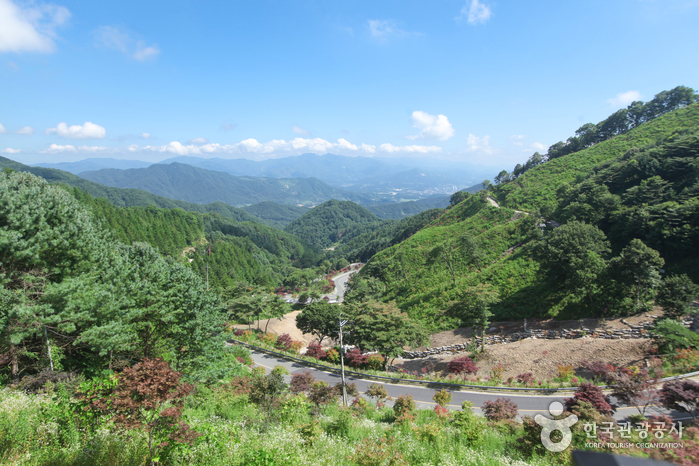
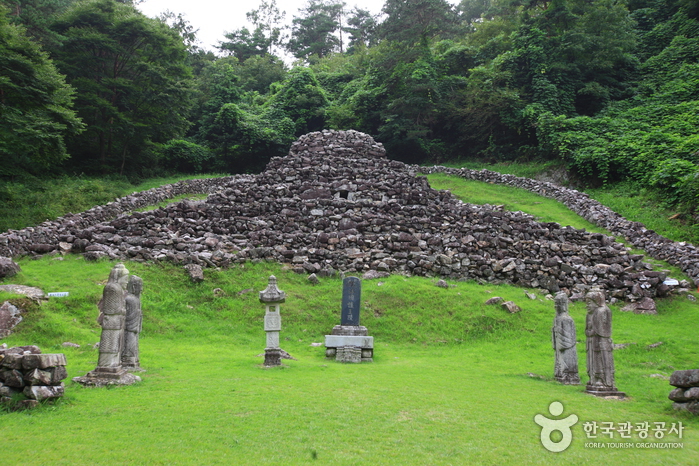
![[Jirisan Trail Course] Inwol-Geumgye](http://tong.visitkorea.or.kr/cms/resource/73/1918173_image2_1.jpg)
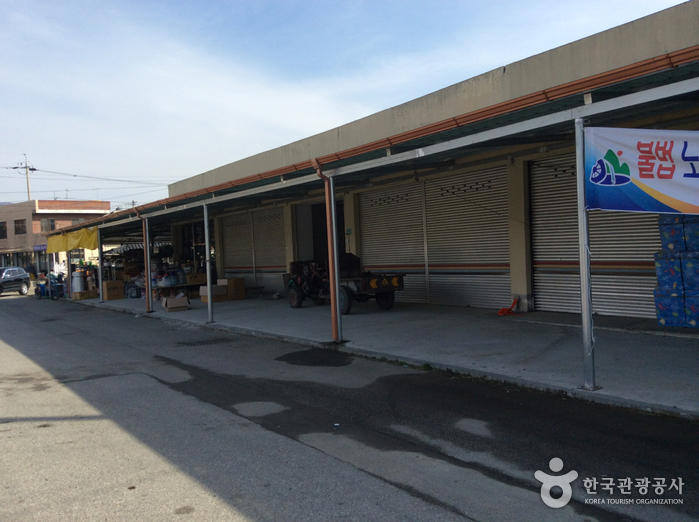

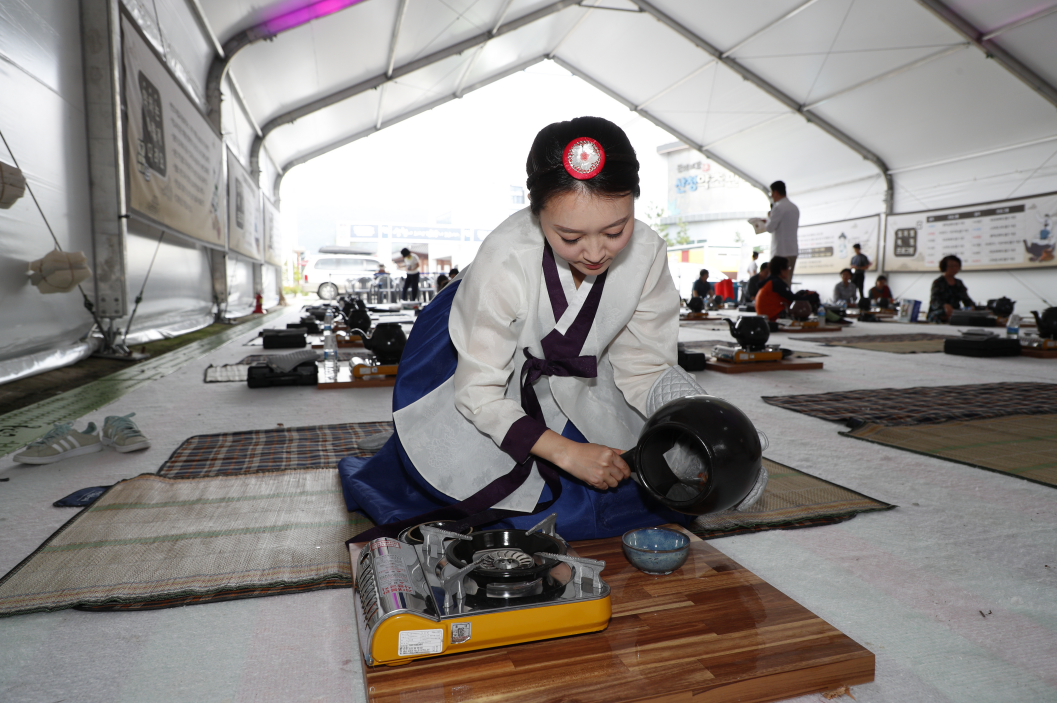
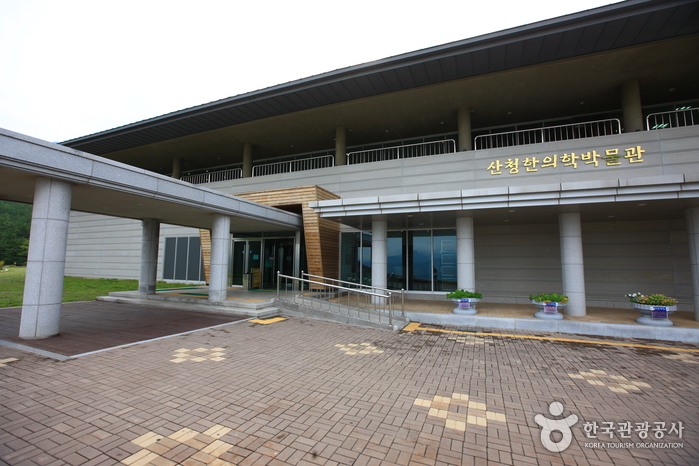
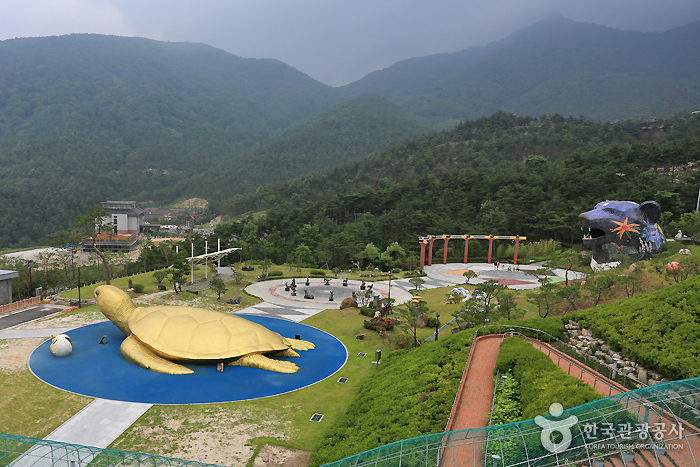
 English
English
 한국어
한국어 日本語
日本語 中文(简体)
中文(简体) Deutsch
Deutsch Français
Français Español
Español Русский
Русский